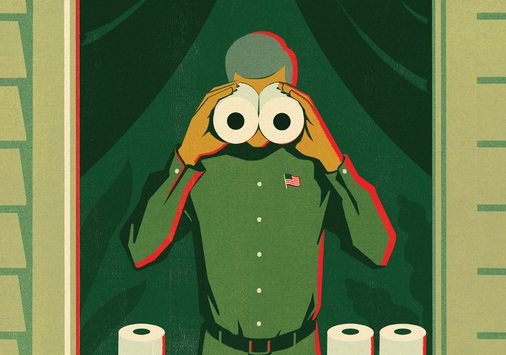The small community of Deer Isle Maine, generally removed from the throes of current events, was rocked by an appearance of a pair of nooses hung upon a telephone wire — found on Juneteenth, the June 19 celebration of slavery’s end in the USA.
Jack Shuler, assistant professor of English and director of the Journalism program at Denison, is the author of “The Thirteenth Turn: A History of the Noose.” He was asked for some insight into the incident for an article in the Portland Press Herald.
Shuler said the noose has replaced the burning cross as the symbol of white supremacy in the United States, an echo from the 4,743 recorded lynchings – almost three quarters of them targeting Black people – that occurred in this country from the post-Civil War era through the mid-20th century.
Shuler sees a parallel between the end of lynching as an extrajudicial form of punishment and the videos of police killing Black men that are now energizing the Black Lives Matter movement. In both cases, he said, the more everyday people witnessed what was happening, the more they were inclined to stand up and say “enough.”
“ ‘I don’t think it’s a stretch to think about the relationship of the lynching photograph to the videos of people being killed (by police),’ Shuler said. ‘People are seeing these things and they’re reacting in a certain way. And the way that they’re reacting is in horror.’”














